It takes a lot of practice to acquire skills and master new knowledge. Follow our expert advice to make this process faster, smoother and more rewarding by boosting your learning skills.
Learning plays an essential role in our personal development – whether that involves discovering watercolour techniques on a Sunday or learning the basics of a new software at work.
Our busy environments, schedules and multiple ambitions only exacerbate the challenges of adult learning. How can we create an environment conducive to learning? How can we make sure we retain new knowledge over the long term?
The answer is simple: we need to master the art of learning.

To develop our learning skills, we need to understand their main driver – our brain.
This complex and fascinating organ has long baffled the scientific world, not least for its ability to make us evolve and improve through exercise.
Don’t worry, there will be no weight lifting or push-ups to do here. Instead, we will focus on simple but effective techniques for successful learning. Let’s discover the workings of our brain to make the most of its amazing potential.
Contents
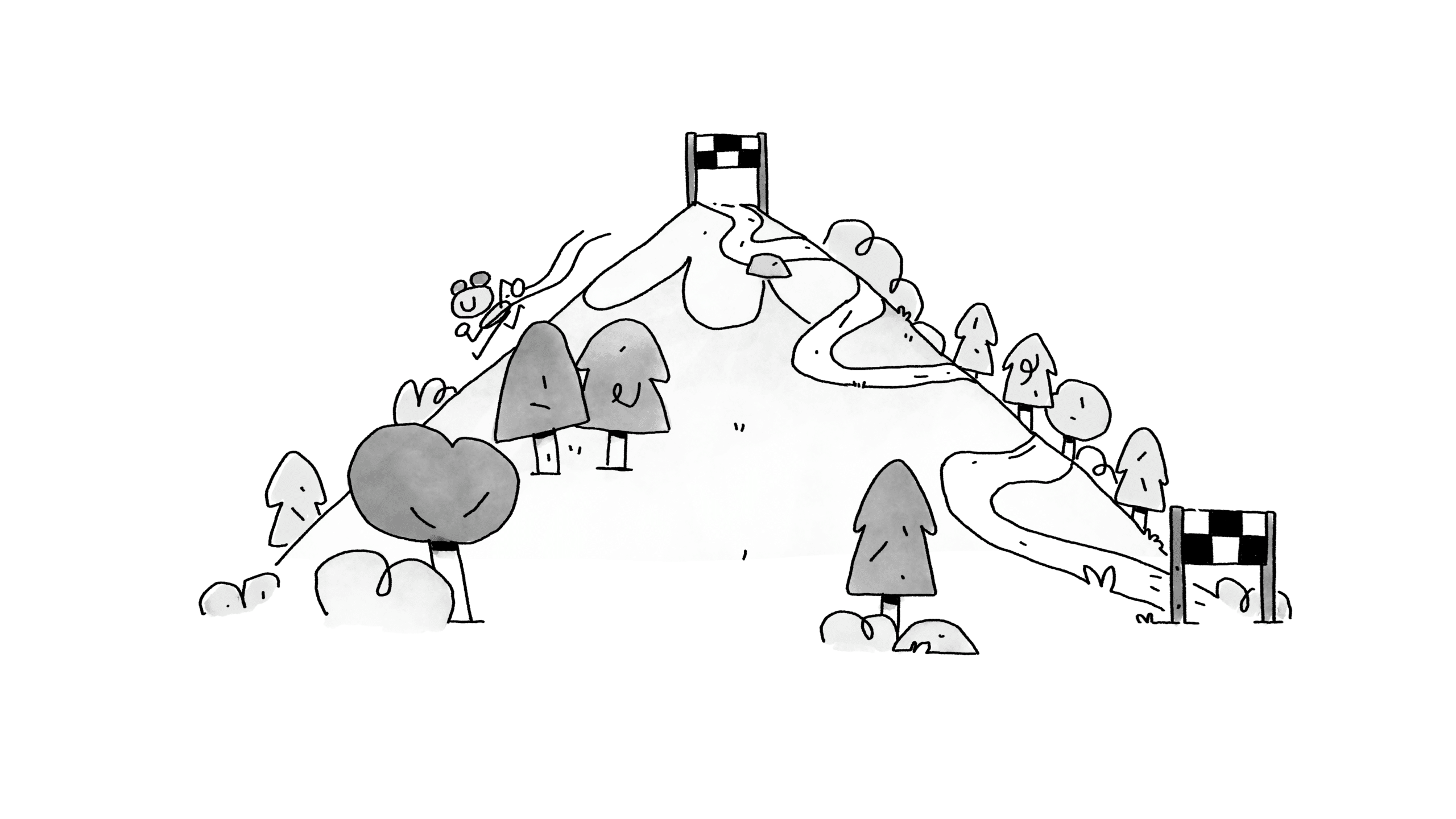 I. Our brain’s potential
I. Our brain’s potential
Understanding how the brain works is the key to successful learning.
Neuroplasticity
Twenty-five years ago, the scientific world agreed that after a certain age, our brains no longer changed. Once it reached maturity, it stopped learning. Thanks to neuroscience, we now know that this is not true: our brains are changing constantly.
This perpetual evolution is called neuroplasticity.

Neuroplasticity is underpinned by the tremendous work of our neurons. Our brains contain approximately 86 billion neurons – about the number of grains in a sandbox. Neurons are responsible for transmitting information by creating connections between them.
Neurons: the building blocks of knowledge
Learning a new skill or memorising information triggers a physical transformation in our brain. A better understanding of this transformation enables us to optimise the process – to learn faster, and remember what we’ve learnt for longer.
Neural connections
How does our brain retain new information? By transmitting electrical signals between neurons. This process is called the creation of new neural connections.
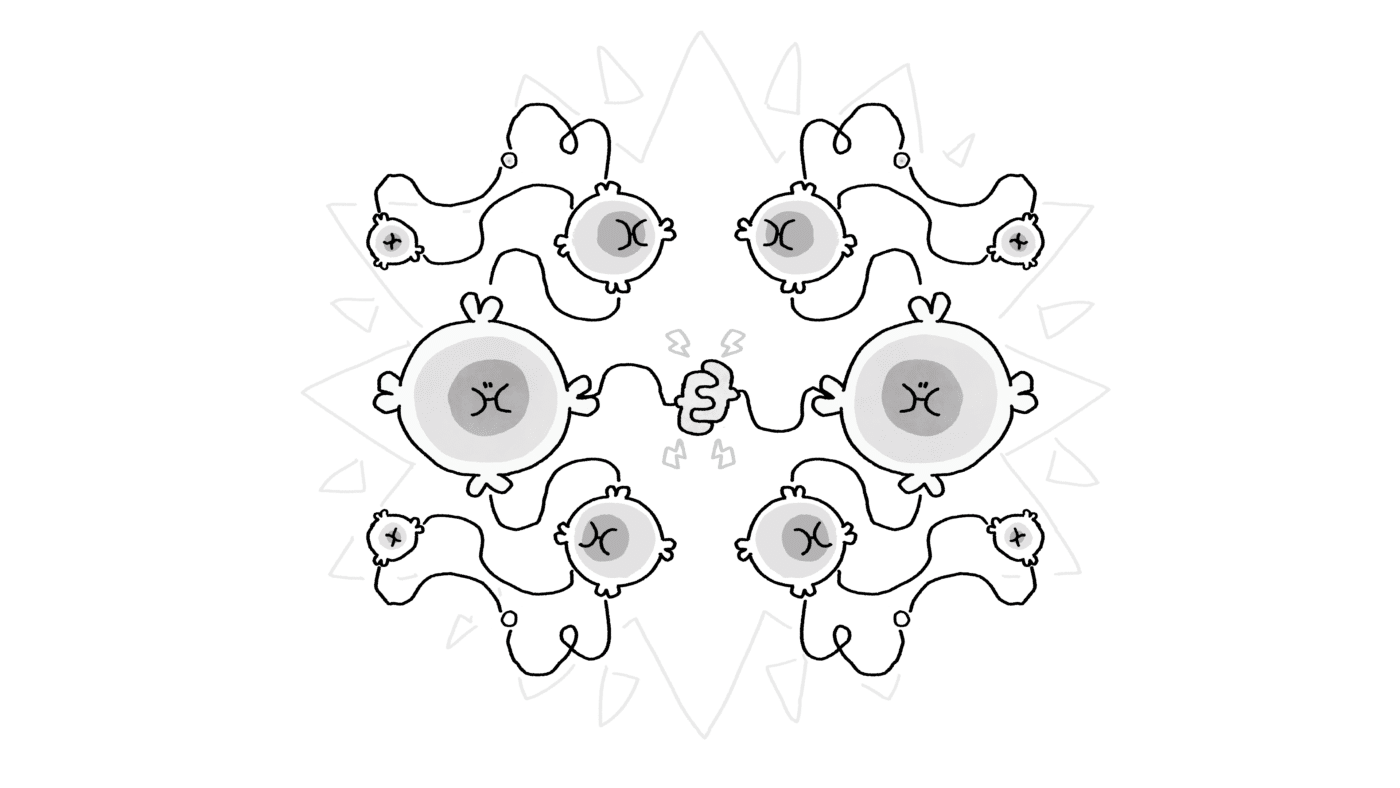
Networks of neurons
Our neurons are caught in countless interconnections. So every time two neurons activate to connect, we are in fact connecting neural networks to each other.
The forest metaphor
Sounds complicated? Not really. Let’s imagine that our brain is a forest: the connections between the neurons are paths across this forest. In this metaphor, creating neural connections through learning means creating new pathways in the forest. You can think of learning as tending your forest, making sure that the paths are accessible and closing off the ones that are too dangerous or lead to dead ends.
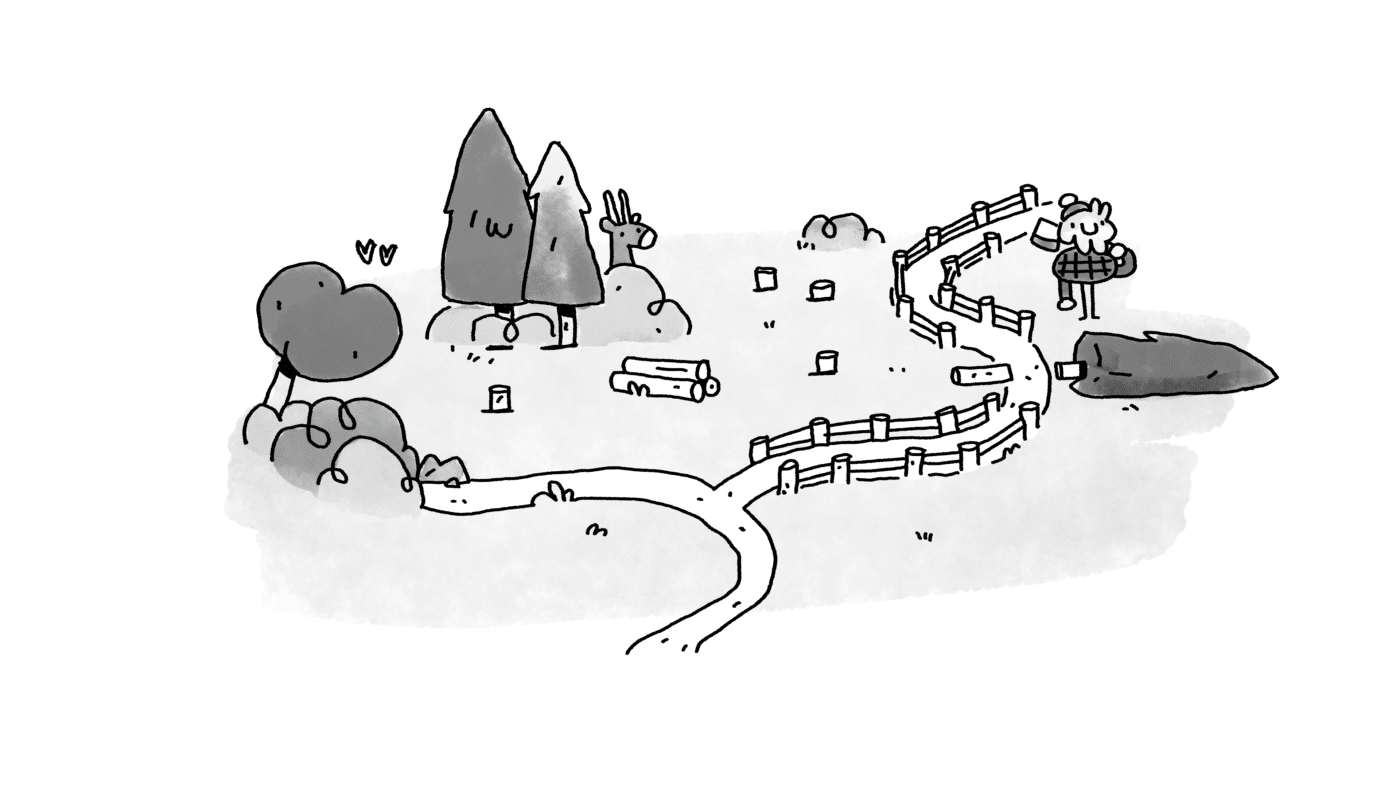 We have seen the huge learning potential of our brains. Now it’s time to explore how we can maximise our ability to retain information and thereby develop our learning capacities.
We have seen the huge learning potential of our brains. Now it’s time to explore how we can maximise our ability to retain information and thereby develop our learning capacities.
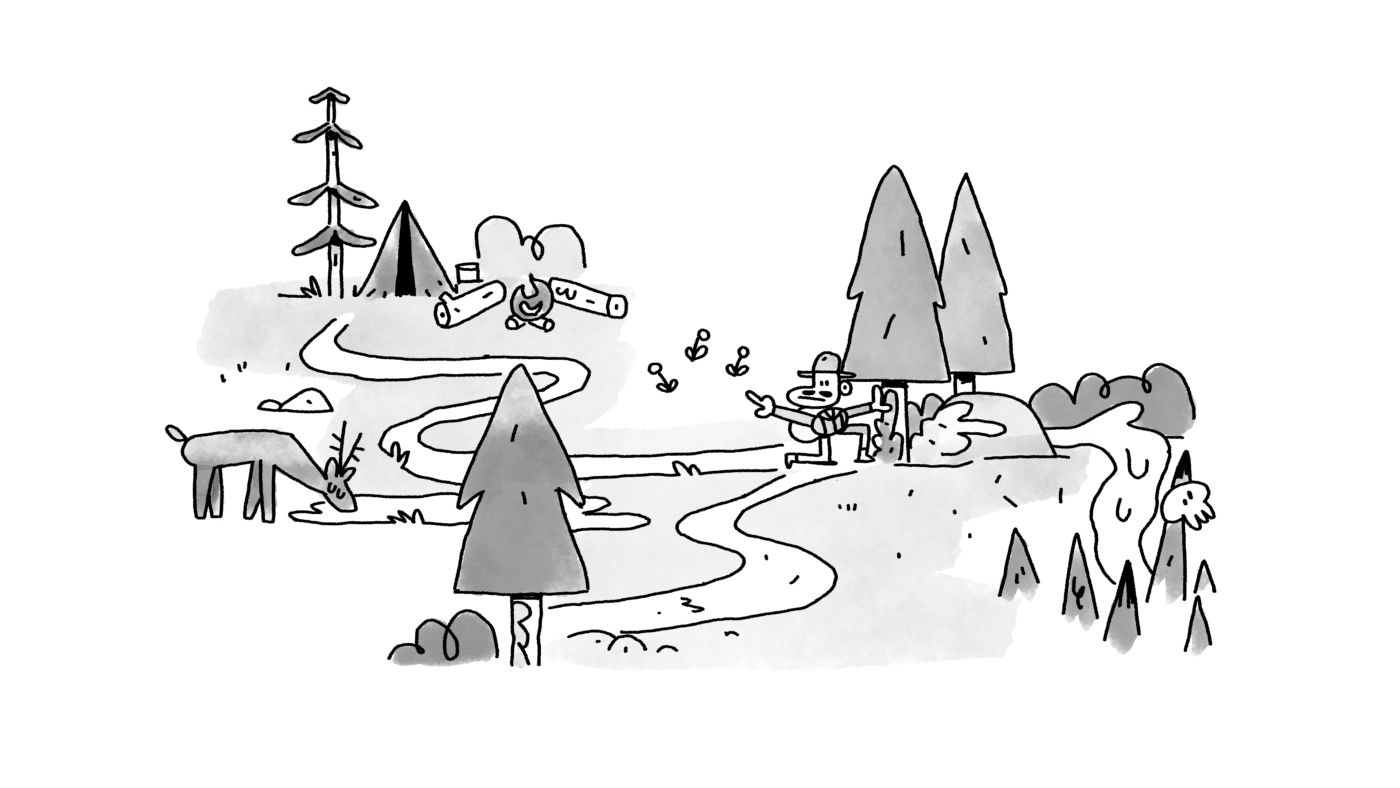
II. Improving memorisation
Having extraordinary brain power is good. Using it is better. So how can you train your memory to mobilise knowledge when needed and increase learning success?
The importance of repetition
Forgetting less
Let’s go back to our forest. At the beginning of a learning process, the new pathways that we have created are barely visible. Now, they can either become deeper and more visible, or they can disappear again.
The more a path is used, the deeper it becomes, the more visible it is, the more likely it is to be travelled again. This happens when learning is reinforced.

Conversely, the less a path is used, the more it disappears. When a pathway has disappeared completely, we have forgotten what we’ve learnt.
In other words, repetition deepens the pathways of memory, and thereby makes us less likely to forget newly acquired information.
Reducing the brain load
Repeating a task enables us to master the skill associated with it, allowing us to reduce, little by little, the effort needed to perform it. This process is what we call reducing the brain load.
If an exercise is not repeated regularly, the task at hand may seem complex and require more effort. We speak of brain overload when our brain is no longer able to process the information it receives due to the amount of effort required.
By improving neural connections, repetition can help us prevent brain overload.
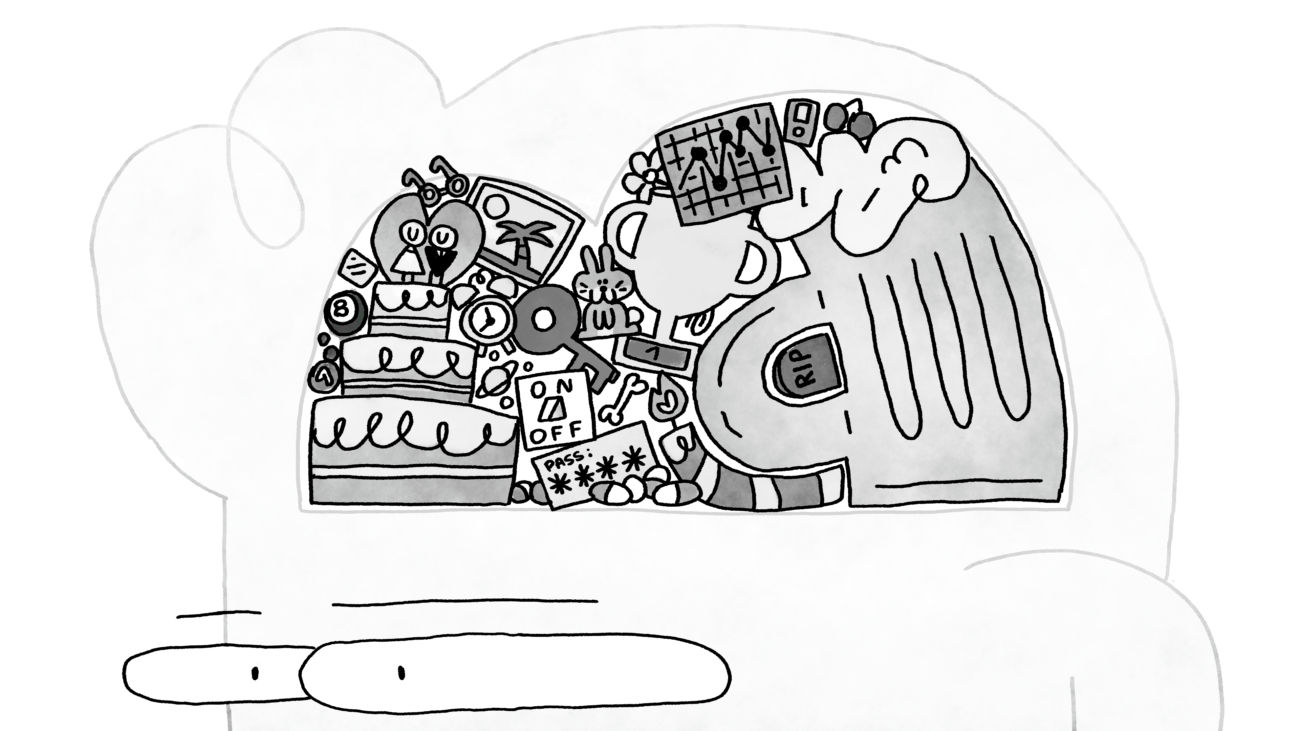
Spacing out neuronal activation
Repetition is important – but the manner matters as well.
When the brain load required to perform a task decreases, this is a sign that the neuronal connections are being strengthened. But be careful: repeating a task too often can lead us to find the action so simple that it requires no more effort from our brains to perform it: we risk mentally switching off. This is what we call habituation.

Finding the right frequency of repetition is therefore essential to achieving learning progress while avoiding brain overload.
So how can we ensure that repeated activation does not lead to brain overload or habituation?
The answer is simple: we need to space out neural activations over time. This will enable you to maintain the right level of brain activity throughout the learning process and give your brain time to register the neural transformation.

Practical tips
Here are some tips on how to put the principles of repeated and spaced activation into practice:
- Plan several moments of activation – in other words, several learning sessions.
- Train more often, but for a shorter time.
- Continue to train after you have reached your learning goal to strengthen the neural connections already created.
- Gradually increase the interval between training periods.
- Interweave learning sessions on different topics.
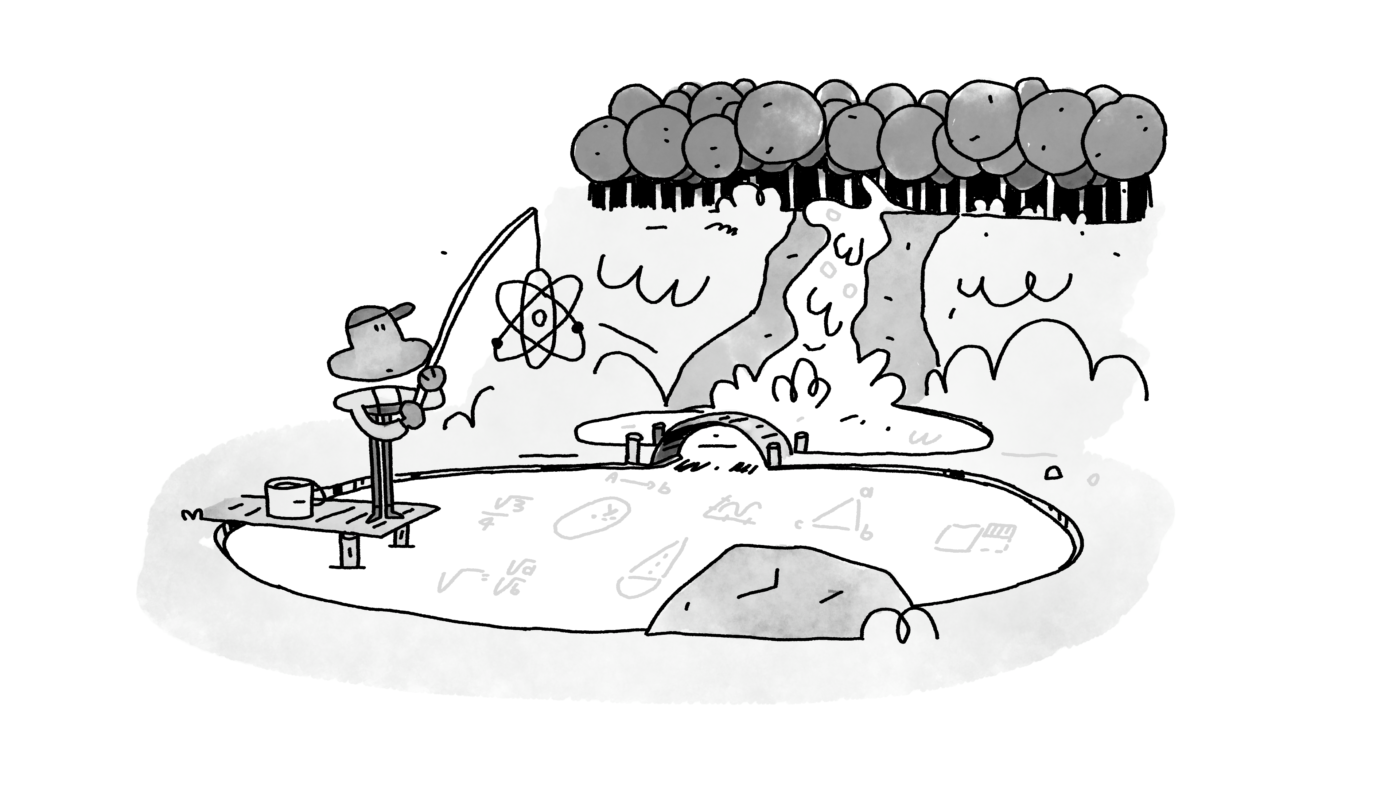
III. Retrieving and using the right information
The question at this point is: How can we be sure that we have reached our learning goal? The best way to find out is to check whether we are able to retrieve the previously created and reinforced connections, i.e. the memorised information, and correct them if needed so that we can use them.
Let’s take a closer look at what this means in practice.
Retrieving knowledge from memory
In order to retrieve previously created and reinforced connections, we must dive into our memory and activate the neurons in question. The expression “recalling information” captures this idea.
Testing your knowledge is a great way of doing just that.

Practical tip: You can practise recalling information stored in your memory by explaining a subject to yourself or to others. Developing a topic orally or in writing will require you to use newly acquired concepts with clarity and to connect them to older knowledge to provide a coherent explanation.
And if the memorised information contains errors? This is where feedback comes in
Check your knowledge with feedback
What is feedback?
Let’s go back to our forest again. If the knowledge we’ve acquired guides us to the right place, we will want to mark that path to make it more visible. On the other hand, if it leads us in the wrong direction, we will want to correct the trajectory.
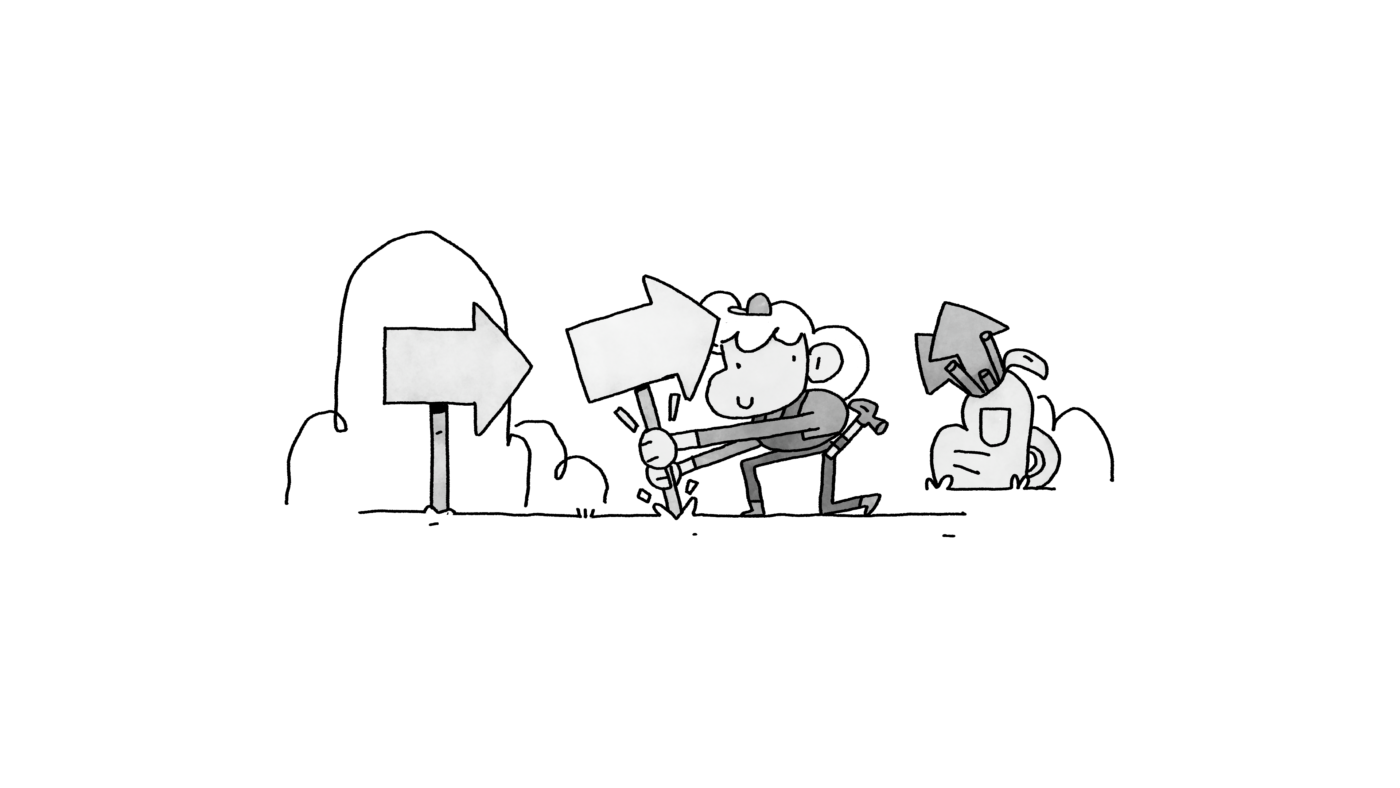
This is where feedback comes in, i.e. an information loop enabling the brain to reinforce or modify the encoded neural connections so that they are directed towards the desired destination.
Positive or negative?
There are two types of feedback: positive feedback, which occurs when we succeed in an exercise, and negative feedback, when we make a mistake.
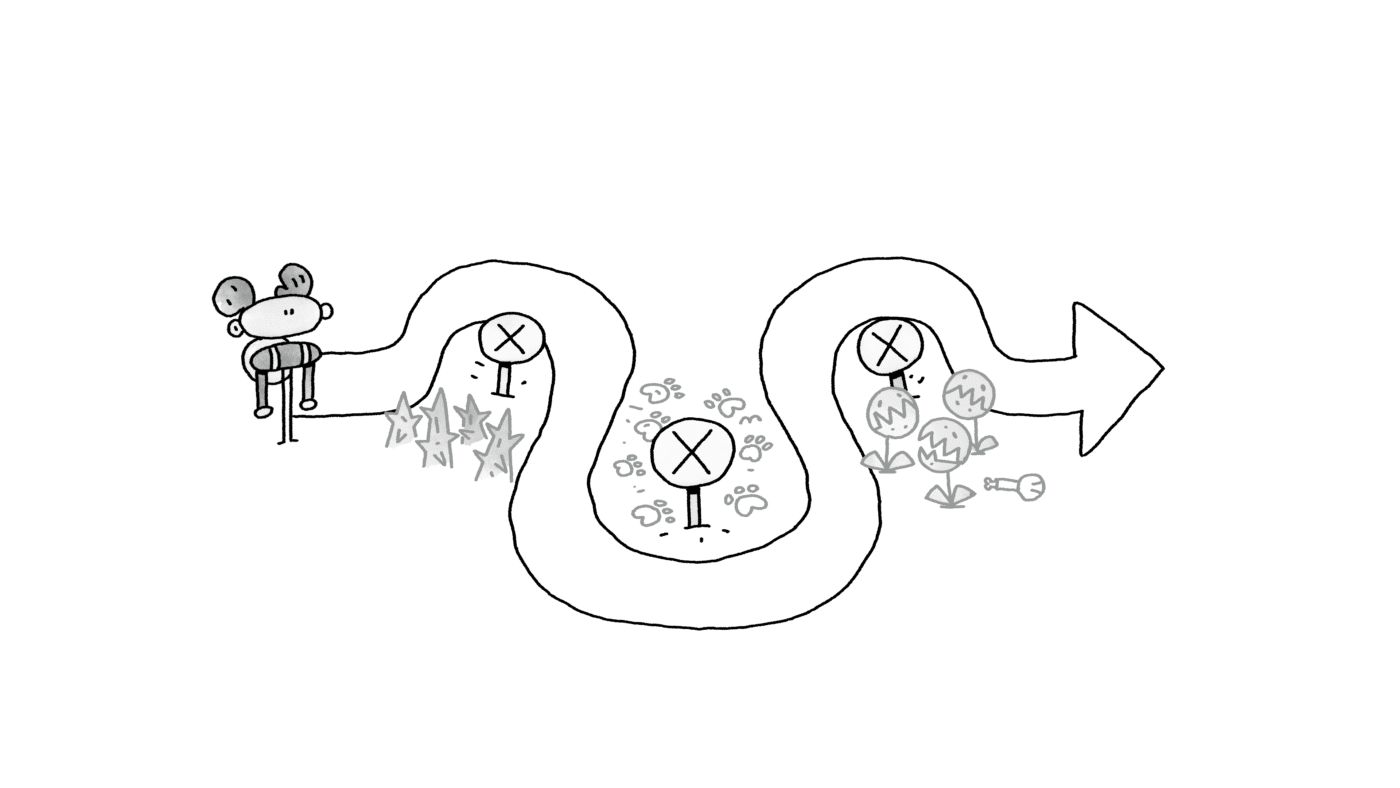
Positive feedback activates the brain’s reward mechanism, which in turn encourages us to repeat the same response in the future. Negative feedback triggers the error correction mechanism, which encourages the brain to avoid using the same prediction again.
Both are essential for successful learning and have complementary roles. Therefore, negative feedback and positive feedback must be balanced.
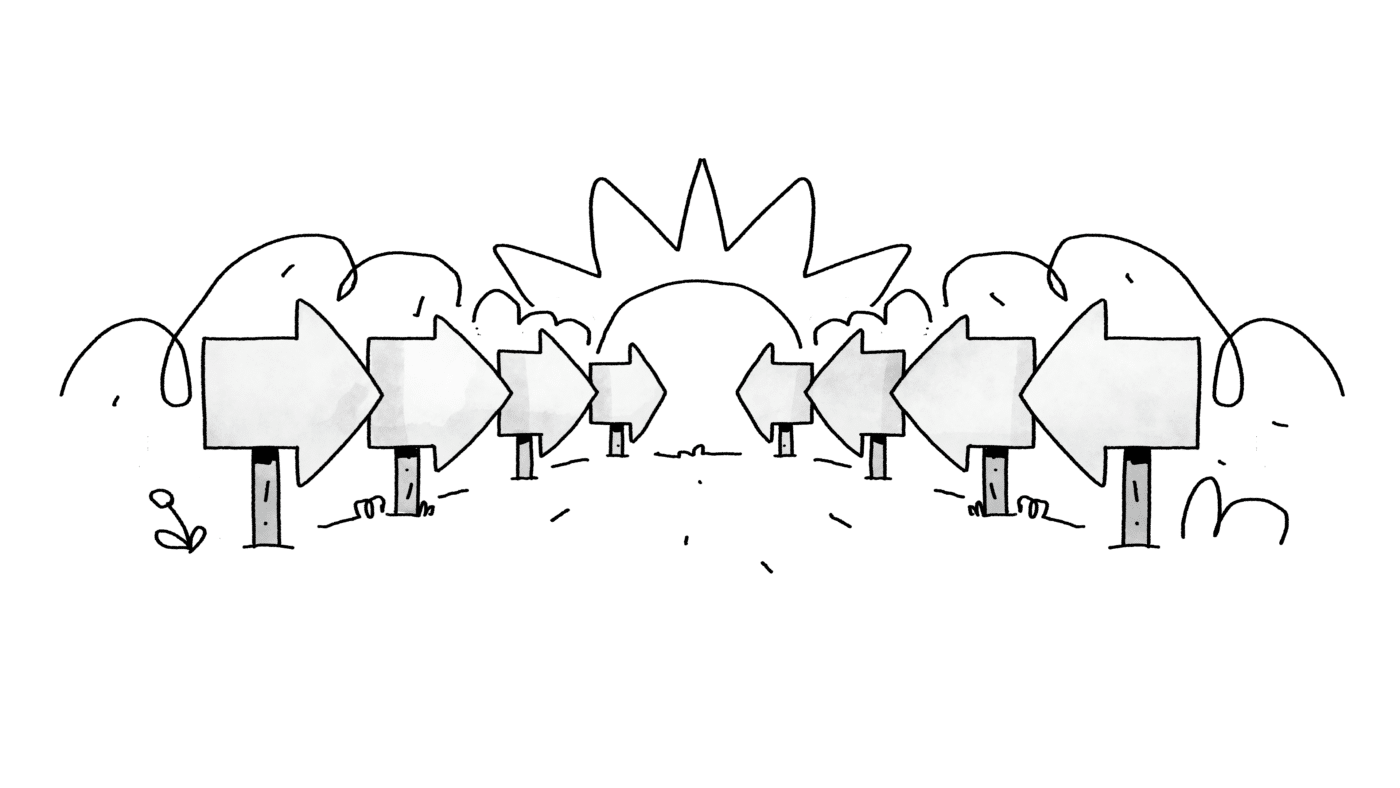
Practical advice
- Give as much feedback as possible.
- Focus on immediate feedback.
- Focus on elaborate feedback.
- Focus on scheduled feedback.
- Negative feedback is essential, especially in the early stages of learning.
- Negative feedback has a greater impact on recall than positive feedback.
- Adult brains more sensitive to negative feedback than children’s brains.
- Positive feedback has a greater impact on motivation than negative feedback
Now you have all the keys to unlock your learning potential! Want to get started?
Access our free interactive course and develop your learning skills




